Technological Advancements
Technological advancements are reshaping the landscape of the India Toys Market. The integration of technology into toys, such as augmented reality and interactive features, is becoming increasingly prevalent. This evolution not only enhances the play experience but also aligns with the educational aspirations of parents. Data indicates that the market for tech-enabled toys is expanding rapidly, with a notable increase in sales of smart toys that engage children in learning through play. As technology continues to advance, it is likely that the India Toys Market will witness a surge in demand for innovative products that combine entertainment with educational benefits. This trend may also encourage traditional toy manufacturers to adapt and innovate, ensuring they remain competitive in a dynamic market.
Expansion of Retail Channels
The expansion of retail channels is a notable driver in the India Toys Market. With the proliferation of both physical and online retail outlets, consumers have greater access to a diverse range of toy products. This trend is particularly evident in tier II and tier III cities, where new retail formats are emerging. Data shows that the number of toy retail stores has increased significantly, providing consumers with more options and convenience. Additionally, the rise of e-commerce platforms has transformed the way toys are marketed and sold, allowing for a broader reach. This expansion not only benefits consumers by offering more choices but also encourages competition among manufacturers, ultimately driving innovation and quality in the India Toys Market.
Increasing Disposable Income
The rise in disposable income among Indian households appears to be a pivotal driver for the India Toys Market. As families experience enhanced financial stability, they are more inclined to invest in toys that promote learning and entertainment for their children. This trend is particularly evident in urban areas, where the middle class is expanding. According to recent data, the disposable income in urban India has seen a steady increase, which correlates with a growing demand for premium and innovative toys. This shift suggests that parents are willing to spend more on high-quality products that offer educational value, thereby propelling the growth of the India Toys Market. Furthermore, this trend may lead to a diversification of product offerings, as manufacturers seek to cater to the evolving preferences of consumers.
Growing Awareness of Child Development
There is a growing awareness among parents regarding the importance of child development, which significantly influences the India Toys Market. Parents are increasingly recognizing that toys play a crucial role in cognitive, emotional, and social development. This awareness has led to a heightened demand for toys that are not only entertaining but also educational. Market data suggests that toys designed to enhance skills such as problem-solving, creativity, and social interaction are gaining popularity. Consequently, manufacturers are focusing on creating products that align with developmental milestones, thereby catering to the informed preferences of parents. This trend indicates a shift towards a more thoughtful approach to toy selection, which is likely to continue shaping the India Toys Market in the foreseeable future.
Influence of Social Media and Online Reviews
The influence of social media and online reviews is becoming increasingly significant in the India Toys Market. Parents are turning to digital platforms to seek recommendations and reviews before making purchasing decisions. This trend suggests that the visibility and reputation of toy brands are heavily impacted by their online presence. Data indicates that toys with positive online reviews tend to experience higher sales, as parents are more likely to trust peer recommendations. Consequently, manufacturers and retailers are investing in digital marketing strategies to enhance their online visibility and engage with consumers. This shift towards a more connected marketplace may lead to a more competitive environment, where brands must prioritize customer satisfaction and product quality to thrive in the India Toys Market.



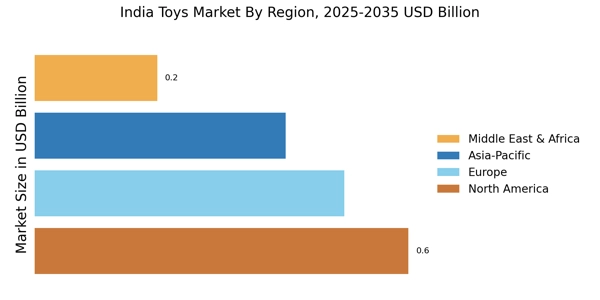
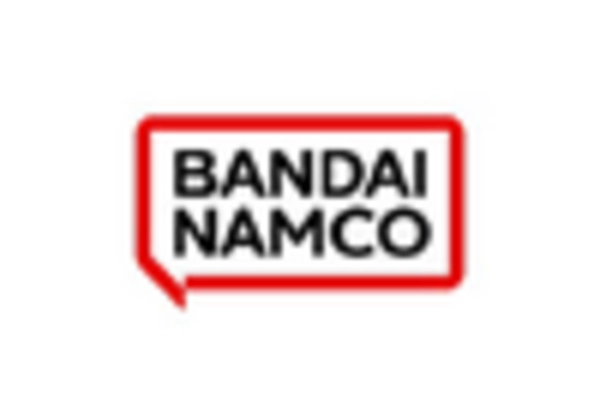


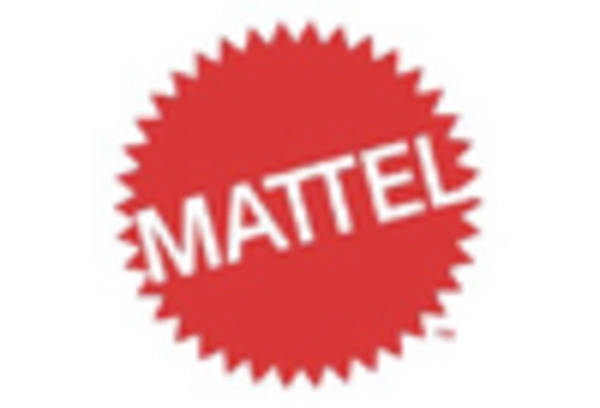
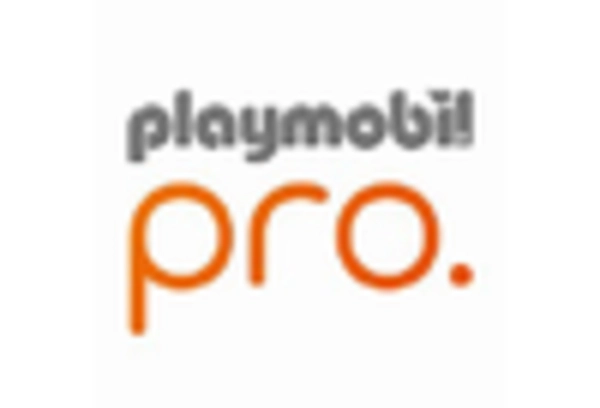
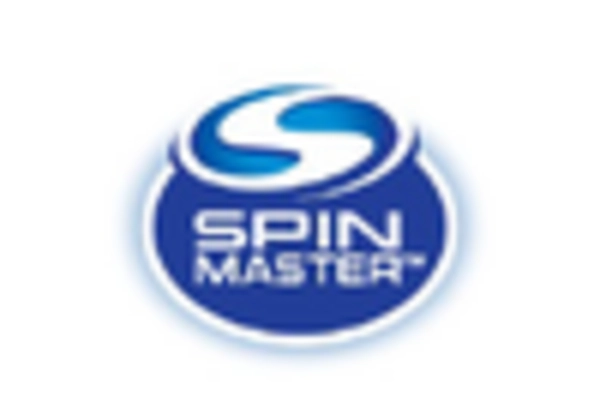








Leave a Comment